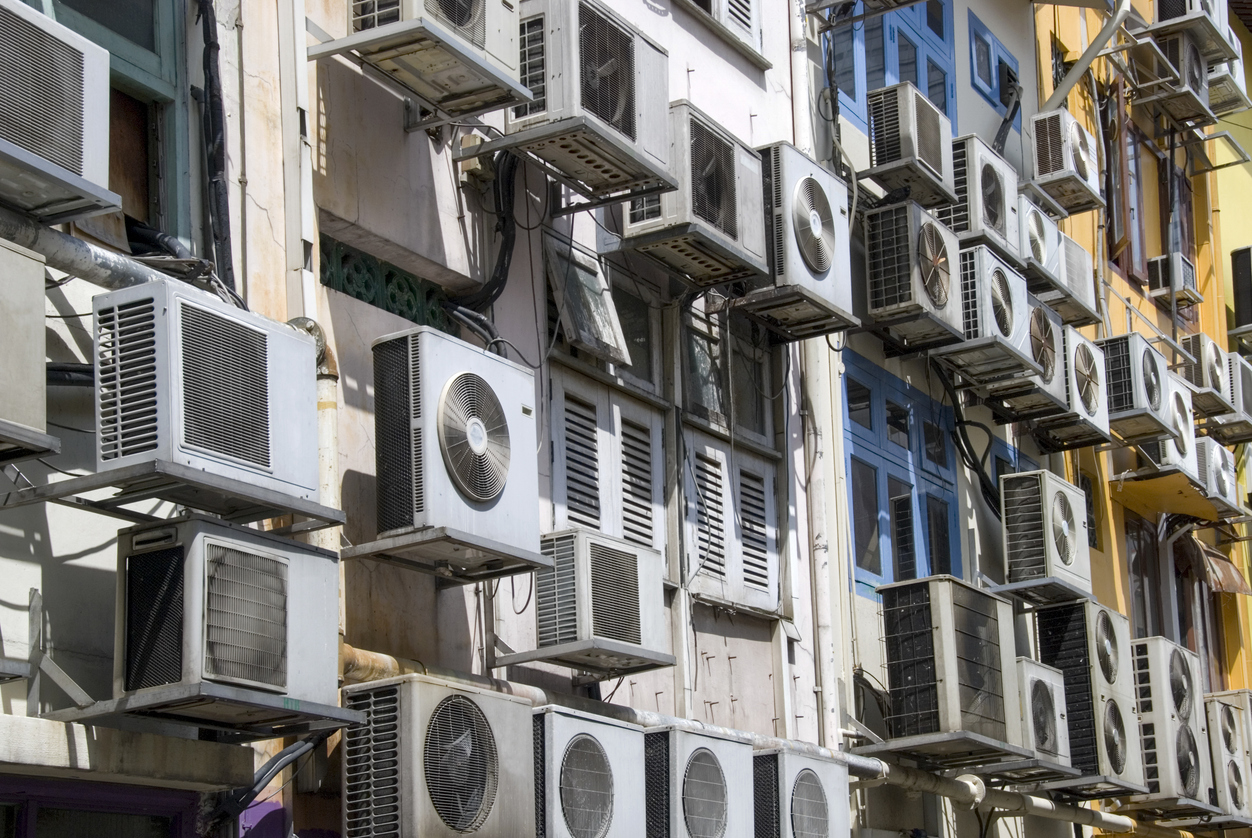- Thursday, April 24, 2025
By 2050, with a projected warming of over 2-3 degrees Celsius, the study estimates that air-conditioning usage could double in Europe and quadruple in India, reaching approximately 40 per cent of homes in both regions.

By: Shubham Ghosh
A RECENT study published in the journal Scientific Reports highlights the potential consequences of the increasing use of air conditioners in India. The research, which focuses on Europe and India, indicates that by 2050, air conditioner usage could result in a surge of emissions by up to 120 million metric tonnes. This could pose a significant challenge for climate change mitigation and adaptation efforts.
The study underscores the rising demand for air conditioners and electricity for cooling in both Europe and India. The researchers caution that if current trends continue without adequate adaptation and mitigation measures, there is a risk of exacerbating emissions. This is particularly concerning given the rush to purchase air conditioners in residential sectors, driven by wealthier but cooler European countries and warmer but economically disadvantaged Indian states.
By 2050, with a projected warming of over 2-3 degrees Celsius, the study estimates that air-conditioning usage could double in Europe and quadruple in India, reaching approximately 40 per cent of homes in both regions. While increased access to air-conditioning may offer benefits by reducing heat exposure related to global warming, it would also significantly impact emissions.
The study suggests that annual CO2 emissions could increase between 7 and 17 million tonnes in Europe and between 38 and 160 million tonnes in India due to the heightened energy production demands of air conditioners.
Enrica De Cian, a professor at Ca’ Foscari University of Venice, Italy, warned that relying on air conditioning as a heat adaptation strategy risks undermining greenhouse gas mitigation efforts. The researchers emphasise the urgent need for more energy-efficient air conditioners, especially in India, where current models fall behind global standards. They also stress upon the necessity of decarbonising energy production, underscoring the importance of more ambitious greenhouse-gas mitigation targets that could lead to a 5-30 percent increase in carbon prices.
Mitigating the adverse environmental impacts of increased air conditioner usage necessitates a multi-faceted approach. It requires the development and adoption of highly efficient air conditioning technologies and a swift transition to cleaner energy sources. Additionally, policymakers should implement more stringent mitigation targets and incentivize sustainable cooling solutions to strike a balance between human comfort and environmental preservation in the face of climate change.
(With agency inputs)